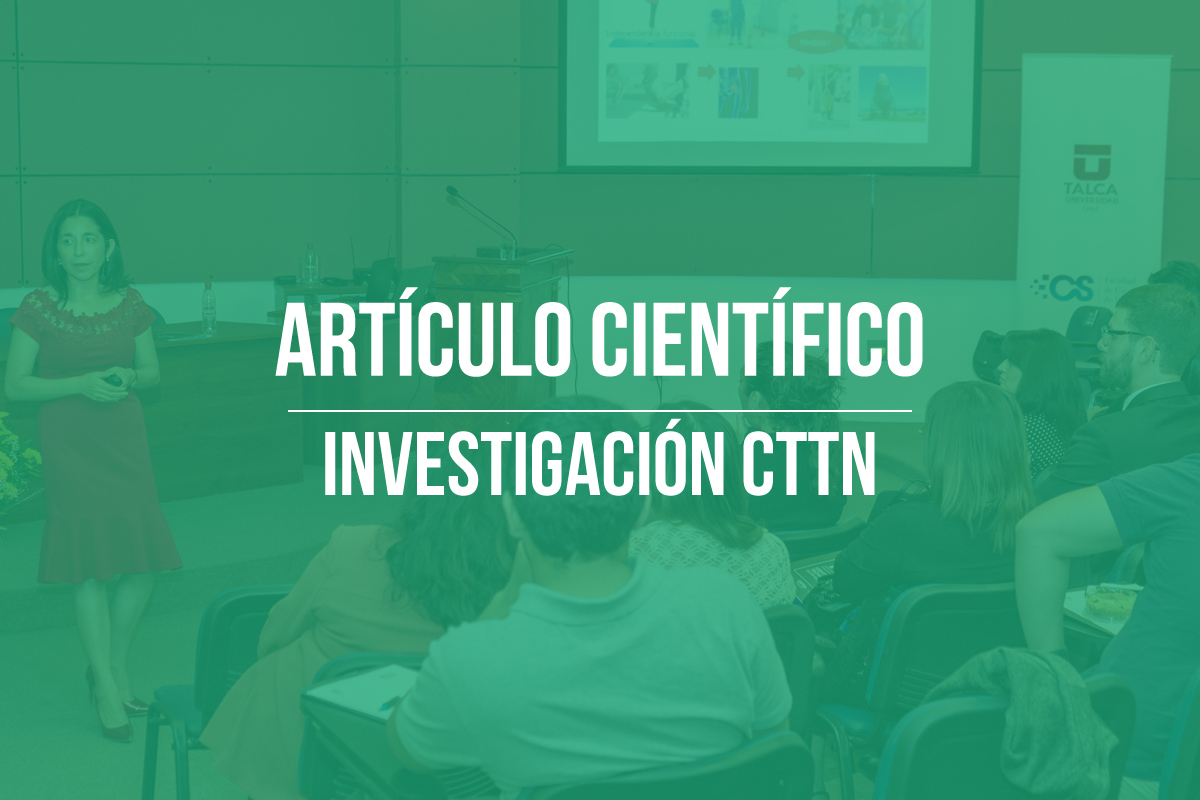Abstract
Background. Spastic cerebral palsy (SCP) commonly presents neuromuscular alterations such as cocontraction, hypertonia and spasticity. Spasticity is manifested by increased of stretch reflex, where a lack of modulation of the stretch reflex causes premature and/or exaggerated muscle contraction that may resist the passive stretch. Spasticity in the ankle plantarflexors can directly affecting the postural stability and standing balance.



